Should You Buy a House with a Radon Mitigation System?
Purchasing a home is a significant decision that requires thorough research and careful consideration of various factors. One such factor is the presence of a radon mitigation system in the house.
This article will discuss the important aspects of radon gas, radon testing, and mitigation systems, as well as the pros and cons of buying a house with a radon mitigation system in place.
By the end of this article, you will be better equipped to make an informed decision about whether or not to buy a home with a radon mitigation system.
Table of contents
- What is Radon Gas?
- Radon Testing
- Radon Mitigation Systems
- Buying a House with a Radon Mitigation System
- Youtube Video About Radon Mitigation System
- Factors to Consider Before Buying a Home with a Radon Mitigation System
- Benefits of a Radon Mitigation System
- Drawbacks of a Radon Mitigation System
- Alternatives to Buying a Home with a Radon Mitigation System
- Understanding Radon Risk Levels
- Seeking Professional Advice
- Radon Disclosure and Real Estate Transactions
- Addressing Radon Concerns in Your Current Home
- Are Radon Mitigation Systems Noisy?
- Are Radon Mitigation Systems Worth It?
- Can Radon Mitigation Cause Foundation Problems?
- You May Also Like
- FAQ
What is Radon Gas?
Radon is a radioactive, colorless, odorless, and tasteless gas that forms naturally when uranium in soil, rock, and water breaks down. It is the heaviest noble gas and is classified as a Class A carcinogen, meaning that prolonged exposure to high levels of radon can lead to lung cancer.
In fact, radon is the second leading cause of lung cancer in the United States, after smoking.
Radon gas can enter a home through cracks in the foundation, gaps around service pipes, and other openings. Once inside, radon can accumulate to dangerous levels, posing a significant health risk to the occupants.
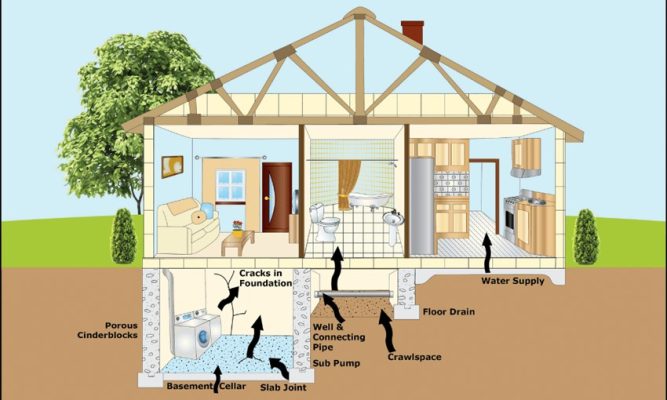
Radon Testing
Radon testing is essential for determining the radon levels in your home. There are two primary types of radon tests: short-term and long-term. Short-term tests take between 2 to 90 days to complete, while long-term tests can last for more than 90 days.
Long-term tests provide a more accurate representation of the radon levels in your home as they account for fluctuations in radon levels throughout the year.
Radon test kits are available for purchase online and at local hardware stores. You can also hire a professional radon tester to conduct the test for you.
The US Environmental Protection Agency (EPA) recommends that you take action to reduce radon levels in your home if the test results show levels at or above 4 picocuries per liter (pCi/L).
Radon Mitigation Systems
If radon levels in a home are found to be too high, a radon mitigation system may be installed to reduce the concentration of radon gas. There are several types of radon mitigation systems, but the most common is the active soil depressurization (ASD) system.
This system works by creating a vacuum beneath the foundation of the house, which prevents radon from entering the home. A pipe is installed through the foundation, and a fan is used to exhaust the radon gas outside.
Radon mitigation systems are generally effective in reducing radon levels to safe concentrations. However, it is important to have the system properly installed and maintained to ensure its effectiveness.
Buying a House with a Radon Mitigation System
When considering a house with a radon mitigation system, it’s crucial to gather as much information as possible about the system’s installation, maintenance, and effectiveness.
This can include obtaining documentation on the initial radon test results, the installation of the mitigation system, and any follow-up testing.
In this video, we will take a deep dive into understanding your radon mitigation system. You will learn everything you need to know about this important system that helps keep your home safe from harmful radon gas.
Youtube Video About Radon Mitigation System
Factors to Consider Before Buying a Home with a Radon Mitigation System
Before making a decision, it’s essential to weigh the pros and cons of purchasing a house with a radon mitigation system. Here are some factors to consider:
Radon Levels
Obtain information on the radon levels in the house both before and after the installation of the mitigation system. This will help you assess the effectiveness of the system and determine whether the radon levels have been reduced to a safe range.
System Installation And Maintenance
Evaluate the quality of the radon mitigation system installation and inquire about the system’s maintenance history. A properly installed and well-maintained system is more likely to be effective in reducing radon levels.
Costs
Consider the ongoing costs associated with maintaining the radon mitigation system, such as fan replacement and periodic testing. Factor these expenses into your overall budget for the house.
Home Value
Research the potential impact of it on the home’s value. In some cases, having a system in place may make the property more attractive to potential buyers, while in others, it could be seen as a drawback.
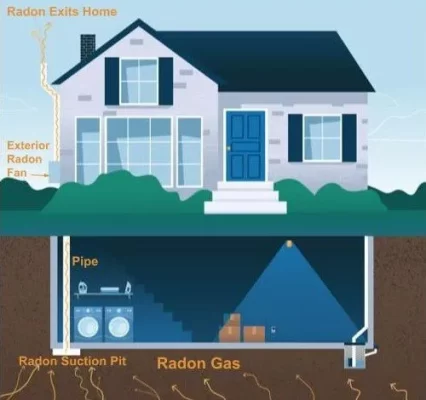
Benefits of a Radon Mitigation System
There are several advantages to buying a home with a radon mitigation system in place:
Reduced Health Risks
A properly functioning radon mitigation system effectively reduces radon levels in the home, minimizing the risk of lung cancer for you and your family.
Increased Awareness
The presence of a radon mitigation system serves as a reminder of the importance of regular radon testing and maintenance, ensuring that you remain proactive in maintaining a safe environment.
Peace Of Mind
Knowing that the previous homeowners took action to address radon issues can give you confidence in the overall safety and integrity of the home.
Drawbacks of a Radon Mitigation System
There are also some potential downsides to buying a home with a radon mitigation system:
Additional Costs
As mentioned earlier, maintaining a radon mitigation system involves ongoing expenses, such as fan replacement and periodic testing.
Stigma
Some potential buyers may be hesitant to purchase a home with a radon mitigation system, as it may indicate a history of it problems. This could affect the home’s resale value.
Potential For Failure
No system is foolproof, and there is always a risk that it may fail or become less effective over time. Regular testing and maintenance are necessary to ensure the system continues to function properly.
Alternatives to Buying a Home with a Radon Mitigation System
If you are uncomfortable with the idea of purchasing a home with a radon mitigation system, there are a few alternatives to consider:
Buy A Home Without A Radon Mitigation System
Look for homes that have been tested for radon and have levels below the EPA’s recommended action level of 4 pCi/L.
Install A Radon Mitigation System After Purchase
If you find a home with elevated radon levels but no mitigation system, you can negotiate with the seller to lower the price to cover the cost of installing a system after the sale.
Build A New Home
If you are building a new home, you can incorporate radon-resistant construction techniques to minimize the potential for radon infiltration.
Understanding Radon Risk Levels
To make a well-informed decision about purchasing a home with a radon mitigation system, it is crucial to understand the risk levels associated with radon exposure. The EPA has established a three-tiered system to help homeowners understand the potential risk:
Low Risk
Radon levels below 2 pCi/L are considered low risk. While no level of radon is entirely safe, levels within this range are generally not a cause for significant concern.
Moderate Risk
Radon levels between 2 pCi/L and 4 pCi/L represent a moderate risk. The EPA recommends considering radon reduction measures at these levels.
High Risk
Radon levels at or above 4 pCi/L are considered high risk and warrant immediate action to reduce radon concentrations in the home.
Understanding the risk levels associated with radon exposure can help you make an informed decision about whether or not to buy a home with it.
Seeking Professional Advice
It’s essential to seek professional advice when considering buying a home with a radon mitigation system. A certified radon professional can help you understand the system’s effectiveness and whether it has been properly installed and maintained.
They can also provide guidance on any necessary repairs or upgrades to the system.
When hiring a radon professional, look for certifications from organizations such as the National Radon Proficiency Program (NRPP) or the National Radon Safety Board (NRSB).
These certifications ensure that the professional is knowledgeable and up-to-date with the latest industry standards and practices.
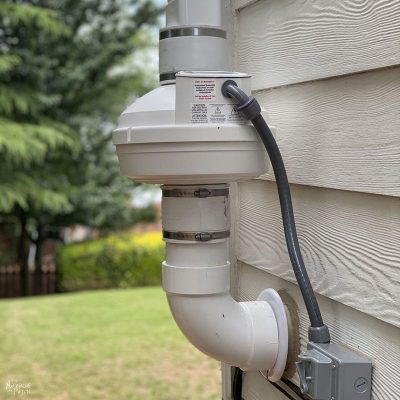
Radon Disclosure and Real Estate Transactions
In some states, sellers are required to disclose the presence of a radon mitigation system and provide test results to potential buyers.
This information is typically included in a disclosure statement or addendum to the purchase agreement.
It’s essential to review this information carefully and discuss any concerns or questions with your real estate agent or attorney.
If you are purchasing a home in a state that does not require it disclosure, it’s still a good idea to inquire about the presence of a radon mitigation system and request testing results.
You may also want to consider including a radon contingency clause in your purchase agreement, which would allow you to renegotiate the terms of the sale or walk away from the deal if elevated radon levels are discovered during the home inspection process.
Addressing Radon Concerns in Your Current Home
If you already own a home and are concerned about radon levels, it’s essential to take action to protect your family’s health. Begin by conducting a radon test to determine the levels in your home.
If the results indicate elevated radon levels, consider installing this to reduce the concentrations to a safer level.
Regular testing is crucial to ensure that your home remains safe from radon exposure. The EPA recommends testing every two years, even if you have a mitigation system in place, to ensure the system continues to function effectively.
Are Radon Mitigation Systems Noisy?
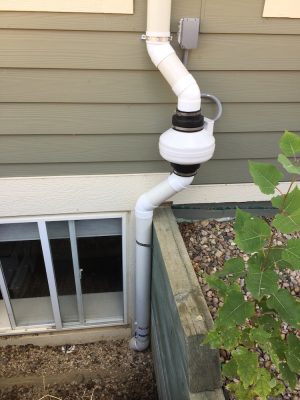
Radon mitigation systems, the ones that utilize a fan for expelling radon gas from, underneath a house may generate some noise. Nevertheless the level of noise is generally minimal and similar, to that of a tranquil bathroom fan.
By ensuring installation and utilizing high quality fans the noise can be further minimized. Additionally it is also feasible to position the system in a spot where any generated noise becomes less noticeable.
Are Radon Mitigation Systems Worth It?
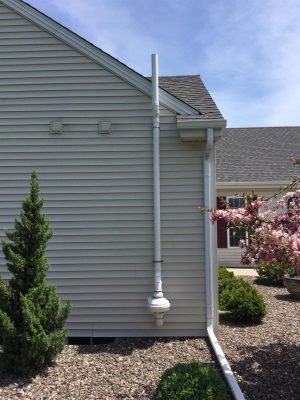
Certainly. Radon is a type of gas that occurs naturally and contains radioactivity. It has the tendency to build up in houses in basements and lower areas. If someone is exposed to levels of radon for a period it can become the second most common cause of lung cancer following smoking.
In case a radon test indicates levels, in a home it would be wise to invest in a mitigation system as it helps decrease the risk associated with radon related health problems. The installation cost, for such a system is usually minimal when compared to the health advantages and peace of mind it offers.
Can Radon Mitigation Cause Foundation Problems?
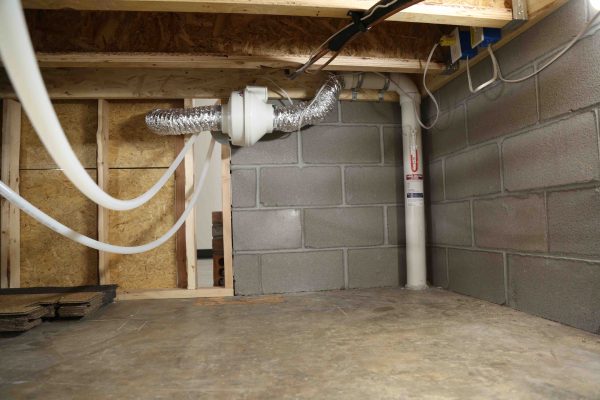
If a qualified professional installs the radon mitigation systems correctly they should not cause any foundation problems. These systems function, by reducing the pressure difference, between the homes interior and the soil preventing radon from entering.
Nevertheless if there is installation or drilling there is a possibility of encountering issues. It is crucial to hire an experienced contractor to guarantee that the system is installed properly and safely without compromising the foundations integrity.
Conclusion
Ultimately, the decision to buy a house with a radon mitigation system depends on your personal preferences, risk tolerance, and the specific circumstances of the home.
By weighing the benefits and drawbacks, conducting thorough research, and considering your options, you can make an informed decision that best suits your needs and ensures the safety and well-being of you and your family.
You May Also Like
- Make Your House Look Nice During the Winter With Snow Spray… Please click for read.
- The Risks of Smart Home Technology… Please click for read.
FAQ
A radon mitigation system is necessary if the radon levels in your home are at or above the EPA’s recommended action level of 4 pCi/L. Prolonged exposure to high levels of radon can lead to lung cancer, so it is crucial to take action to reduce radon concentrations and protect your family’s health. If your home has radon levels below the recommended action level, it is still a good idea to monitor radon levels periodically to ensure they remain within a safe range.
A radon mitigation system can add value to a home by addressing a potential health concern and providing peace of mind to potential buyers. However, the added value may vary depending on the local real estate market and the perceptions of potential buyers. Some buyers may view the presence of a radon mitigation system as a positive, indicating that the previous homeowners took the necessary steps to address radon issues. Others may see it as a drawback, indicating a history of radon problems. Ultimately, the impact on your home’s value will depend on various factors, including local attitudes towards radon mitigation systems and the effectiveness of the system in reducing radon levels.
The lifespan of a radon mitigation system can vary depending on several factors, including the quality of the system’s components, installation, and maintenance. A well-installed and properly maintained system can last for many years, often exceeding 10 years. The fan, which is the primary component that may require replacement, typically has a lifespan of 5 to 10 years. It is important to perform regular maintenance and inspections to ensure the system continues to function effectively and to replace components as needed.
Radon can be found in homes of all types, including new and old constructions, as well as homes with and without basements. The amount of radon in a home depends on several factors, such as the local geology, the construction materials used, and the design of the house. Some factors that may contribute to higher radon levels include:
1. Homes built on soil with high uranium content, as radon is produced when uranium in the soil breaks down.
2. Homes with more contact with the ground, such as those with basements, crawl spaces, or slab-on-grade foundations, may be at a higher risk for radon infiltration.
3. Poorly sealed foundations or cracks in the foundation can allow radon to enter the home more easily.
It’s essential to test your home for radon, regardless of its age or construction type, as radon levels can vary significantly from one home to another, even within the same neighborhood. Regular testing will help ensure that your home remains safe from the risks associated with radon exposure.





